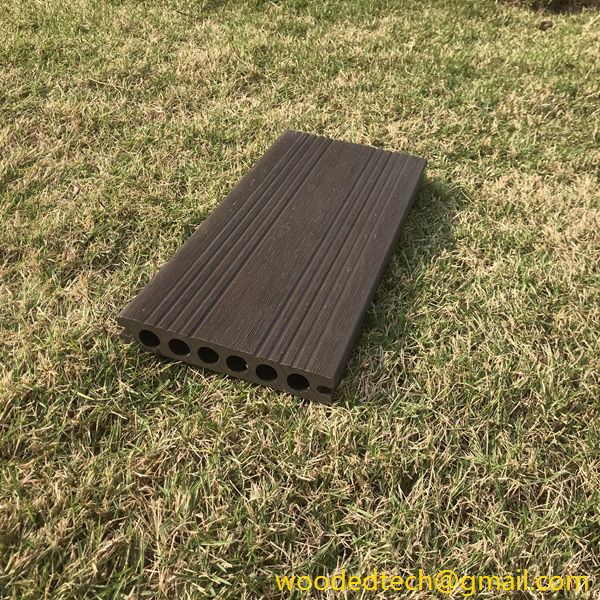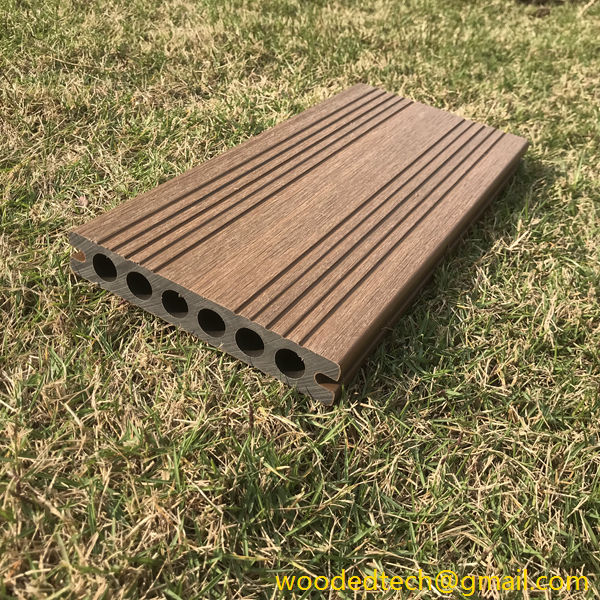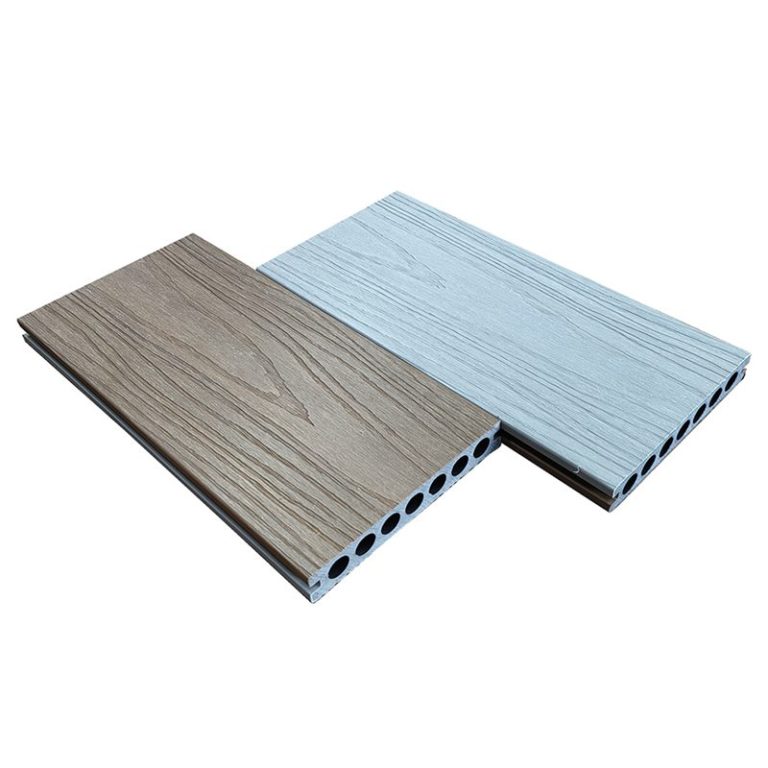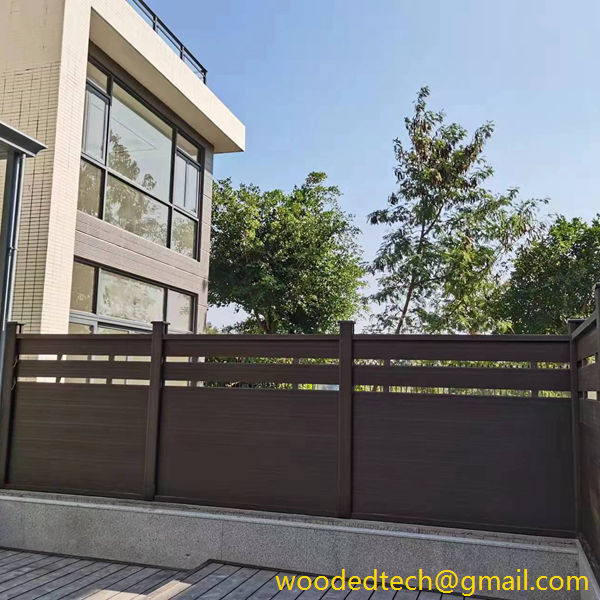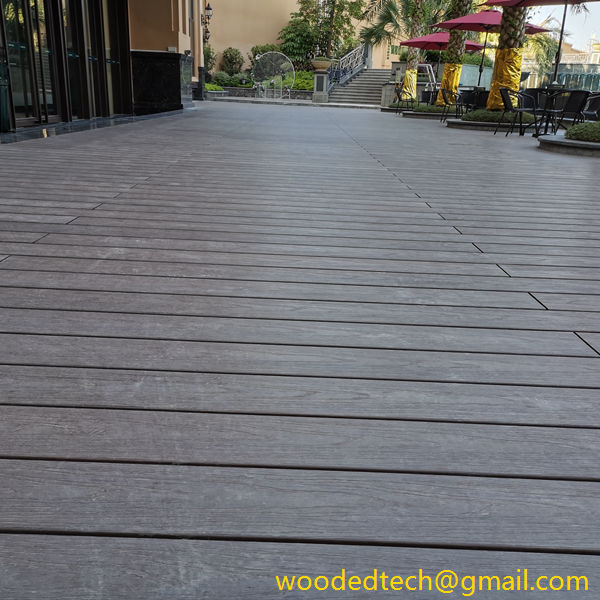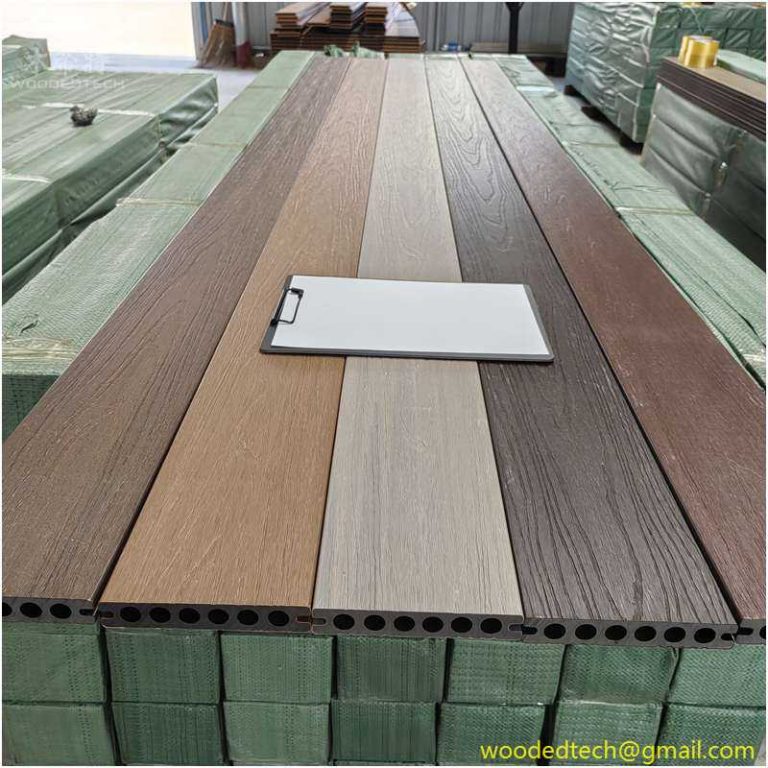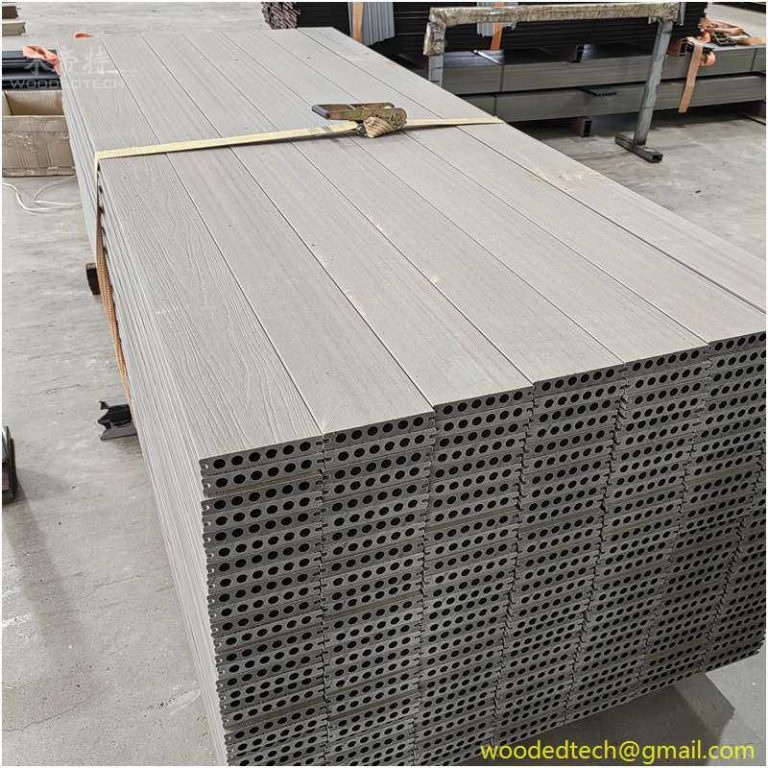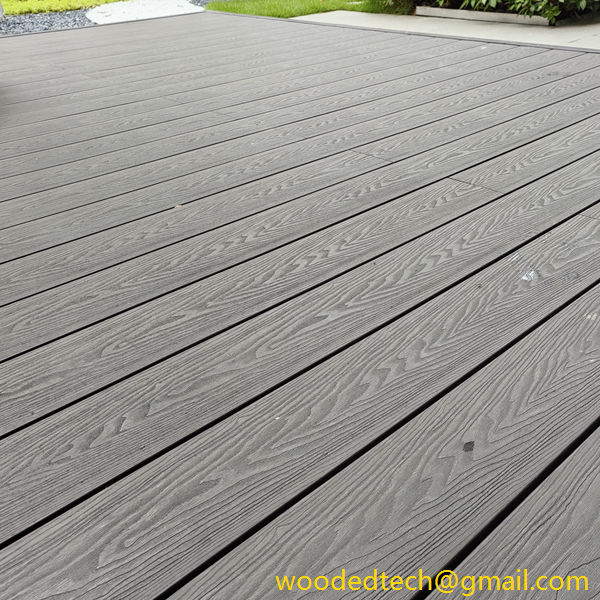详细了解木塑露台的详细情况,为您的项目提供帮助
详细了解木塑复合材料露台的详细情况 近年来,木塑复合材料(WPC)露台在建筑和景观美化行业的普及率显著上升。这种创新材料结合了木材和塑料的优点,是一种在耐用性、美观性和环保性方面都非常出色的露台解决方案。
详细了解木塑露台的详细情况,为您的项目提供帮助
In recent years, the construction and landscaping industries have witnessed a significant rise in the popularity of Wood Plastic Composite (WPC) decking. This innovative material combines the best of both wood and plastic, resulting in a decking solution that excels in durability, aesthetics, and environmental sustainability. As demand grows, it becomes essential for contractors, designers, and homeowners to delve deeper into the detailed insights of WPC decking to ensure successful project outcomes.
WPC decking is engineered from a mixture of wood fibers and recycled plastic, offering a unique set of properties that standalone wood or traditional plastic cannot provide. The introduction of WPC has been primarily driven by the desire for materials that require less maintenance while providing the look and feel of natural wood. This blend makes WPC an appealing choice for outdoor applications ranging from residential decks to commercial walkways.
One of the standout features of WPC decking is its exceptional performance in various weather conditions. Unlike traditional wood, which can warp, splinter, or rot when exposed to moisture, WPC decking is resistant to the effects of water. This characteristic is particularly beneficial for regions with high humidity or areas prone to rainfall. The plastic component ensures that the decking material does not absorb moisture, allowing it to retain its structural integrity and appearance over time. Moreover, WPC decking is also UV-resistant, which helps in preventing fading and discoloration under sunlight, thereby extending the life cycle of the product.
From an aesthetic perspective, WPC decking is designed to mimic the natural look of wood, providing a warm and inviting ambiance for outdoor spaces. Manufacturers offer an array of colors, textures, and finishes, allowing clients to choose options that align with their vision. Whether you prefer the rustic charm of aged oak or the sleek finish of modern slate, WPC decking manufacturers provide a palette that caters to diverse design preferences.
Besides its visual appeal, WPC decking outshines traditional materials in terms of safety. The composite material often features a non-slip surface, which can be a critical consideration for pool decks or areas prone to wet conditions. Additionally, WPC is splinter-free, making it a safer choice for families with children and pets. This combination of aesthetics and safety makes WPC decking a suitable choice for both residential and commercial applications.
In terms of installation, WPC decking is often praised for its ease and speed of assembly. Many manufacturers provide modular plank systems that can be easily interlocked, reducing installation time and labor costs. Furthermore, the lightweight nature of the material makes it easier to transport and handle, thereby improving the overall efficiency of the project. WPC decking typically requires fewer tools for installation compared to traditional wood, making it accessible even for DIY enthusiasts.
Maintenance is another critical aspect where WPC decking excels. Traditional wood requires regular staining, sealing, and cleaning to maintain its aesthetic qualities and durability. In contrast, WPC decking demands minimal upkeep. Routine cleaning with soap and water is generally sufficient to remove dirt and grime, making it a time-saving choice for homeowners and property managers alike. This low-maintenance requirement translates to long-term cost savings, as the need for frequent repairs or replacements is significantly reduced.
Environmentally conscious consumers will appreciate that WPC decking is often produced from recycled materials, reducing the demand for virgin wood and plastic. Many manufacturers emphasize sustainable practices by sourcing materials from responsibly managed forests and prioritizing eco-friendly production methods. This eco-conscious approach not only helps in preserving natural resources but also appeals to homeowners who are keen on reducing their environmental footprint.
WPC decking is not without its considerations, and potential buyers should be informed about certain limitations. While WPC products are designed to be durable, they can be more prone to scratching compared to traditional wood, especially in high-traffic areas. Additionally, as with any material, quality can vary among manufacturers, making it essential to choose a reputable supplier. Doing thorough research and reading customer reviews can provide insights into the performance and reliability of specific WPC decking products.
In conclusion, WPC decking presents an innovative solution that provides detailed insights into performance, aesthetics, safety, and environmental sustainability. When embarking on decking projects, it is vital for professionals and homeowners to take these comprehensive aspects into account. By understanding the nuances of WPC, you can make informed decisions that will enhance the beauty and usability of your outdoor spaces while benefitting from the long-term advantages this material brings. Embracing WPC decking may not only transform your project but also contribute to a more sustainable future in construction and landscaping.

